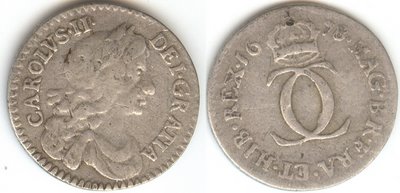George V (6 May 1910 - 20 January 1936)

This is a shilling of George V Spink 4013 and is part of the ongoing series of Coinage and History. I hope you find it interesting.
HOUSE OF WINDSOR Formally Known As The House Of Saxe-Coburg-Gotha.
George V (6 May 1910 - 20 January 1936) - born 3rd June 1865 - one marriage with five offspring
Second son of Edward VII, George Duke of York was a fine naval officer and pushed his career until the death of his elder brother Albert made him heir to the throne. He married Mary of Teck in 1893 who bore him four sons and one daughter. George saw Britain through the crises of World War I and even visited the front, one occasion at which he broke his pelvis after falling from his horse, the injury would pain him for the rest of his life.
George suffered badly from Bronchitis in the early thirties and spent a lot of time in Bognor on the south coast of Britain to take in the good air, and henceforth the town has been known as Bognor Regis. The King was still in ill health by the time of his Silver Jubilee in 1935, and it was bronchitis that eventually killed him in January 1936 aged 70.
Under George V's reign paper money was issued by the treasury to replace internal gold usage though branch mints remained open at Australia and South Africa continued striking Sovereigns until 1930 to 1932. The steep rise in silver prices at around 1919-1920 led to the issue standard of .925 silver being discontinued and coins of .500 silver were minted.
In 1918 as half sovereigns were not being minted farthings were issued with the ordinary bronze finish. Crown pieces had not been issued for awhile for general circulation but were struck in a small number around the Holidays for people to give as gifts. There was also a special commemorative crown issued in 1935 using an Art Deco design of George and The Dragon to celebrate George V's Silver Jubilee and is sometime affectionately called the Rocking Horse crown, because George V died on January 20Th it is most likely that coins dated 1936 were struck under Edward VIII.![]()

















